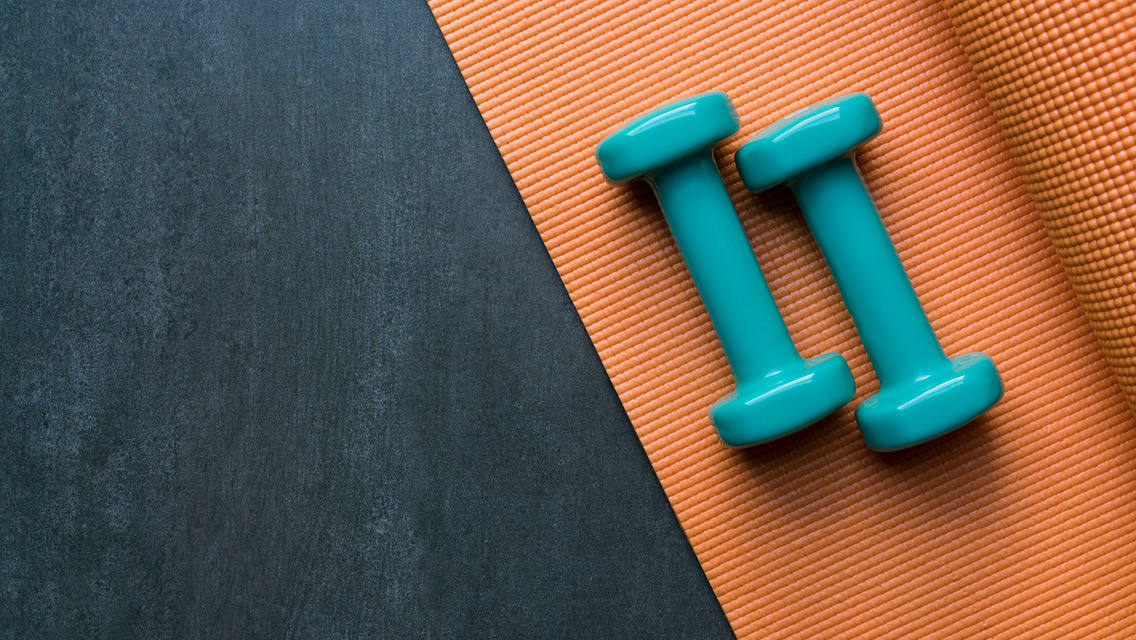Terry Wahls’s story is legendary in health circles: A physician at a Veterans Administration hospital in Iowa and a University of Iowa assistant professor, she was diagnosed in 2000 with multiple sclerosis (MS); three years later, she became dependent upon a tilt/recline wheelchair.
She began taking supplements in hopes of slowing her decline, and then she had a eureka moment: What if she could get what was in her various supplements from real food?
She embarked on a nutrient-dense, unprocessed diet based mainly on leafy and brightly colored vegetables, sulfur-containing vegetables like onions and garlic, and grassfed meats and wild fish. And she made time every day for exercise and meditation.
Within a year of making these changes, Wahls wasn’t just up and out of her wheelchair — she was biking, hiking, and horseback riding. Her MS was in remission.
Still, her good news did not get a fairytale reception.
“People were thrilled that I recovered but uneasy that it changed how I practiced medicine,” she recalls. “I thought I was creating health; I didn’t know that would be a problem.”
After she conducted clinical trials and published numerous papers, the medical world began to come around. “It’s pretty strange to go from eccentric oddity to brilliant visionary and wise grandmother who led the way.”
In 2022, Wahls was gifted $2.5 million, which she’s using to lead a study that examines the effect diet has on the quality of life for people with MS. “I’ll probably never win a Nobel Prize for this work — there’s nothing to patent. All I’m talking about is food and exercise.”
Here’s how Wahls continues to care for herself.
Get Cold
“I fill my bathtub with ice water and sit in it. It’s an experience! People definitely have to train up to it: Start with cold showers. I sleep better when I take an ice bath — deeper, more intensely — than I do on any other night. You do have to coordinate it with your romantic partner. My wife will say, ‘You’re too cold — stay on your side of the bed!’ If you want to have a romantic evening, don’t do an ice bath.” (Cold exposure and conditioning may offer a range of health benefits, from mood stabilization to metabolic improvements. See “The Health Benefits of Cold Conditioning” for more.)
Start Small
“Patients are often intimidated about making big changes. I always say, ‘Start where you’re at.’ If you think you have no time for self-care, can you do a short breathing meditation after you brush your teeth? Can you walk around the block as a family? Now you have exercise and social connection. Once you make one small positive change, it’s easier to add another.”
Meditate and Move
Tai chi, strength training, bike rides, and more: “I think of meditation and exercise together as self-care, and I try to schedule in an hour and a half or two and a half hours a day. It’s important to check in with yourself and give yourself what you need — it’s in the name, caring for yourself.”
Seek Aspirational Goals
“I teach clinicians, from nurses to doctors to occupational therapists and psychiatrists. The most important thing I teach is: See the whole patient. Encourage patients to think of their aspirational goals — maybe a therapeutic dance class, a mile walk with their family, a bike ride across the state. Everyone’s goal is different. Your patient will be successful if their aspirations speak to their heart.”
This article originally appeared as “Defying the Odds” in the November 2022 issue of Experience Life.
More With Terry
Terry Wahls, MD is a frequent source for Experience Life. For more articles featuring her work and findings see:
- 7 Gut-Healing Foods
- 7 Superfoods to Try Now
- The Care and Feeding of Your Mitochondria
- Everything You Need to Know About Intermittent Fasting
- First Blood Biomarker for MS Discovered — and What It Means for Treatment
- How to Navigate Nightshade Foods
- Nutritional Support for Your Immune System
- What You Need to Know About Alliums
- What You Need to Know About Automimmunity
- What You Need to Know About the Keto Diet
- What You Need to Know About Vitamin C





This Post Has 0 Comments